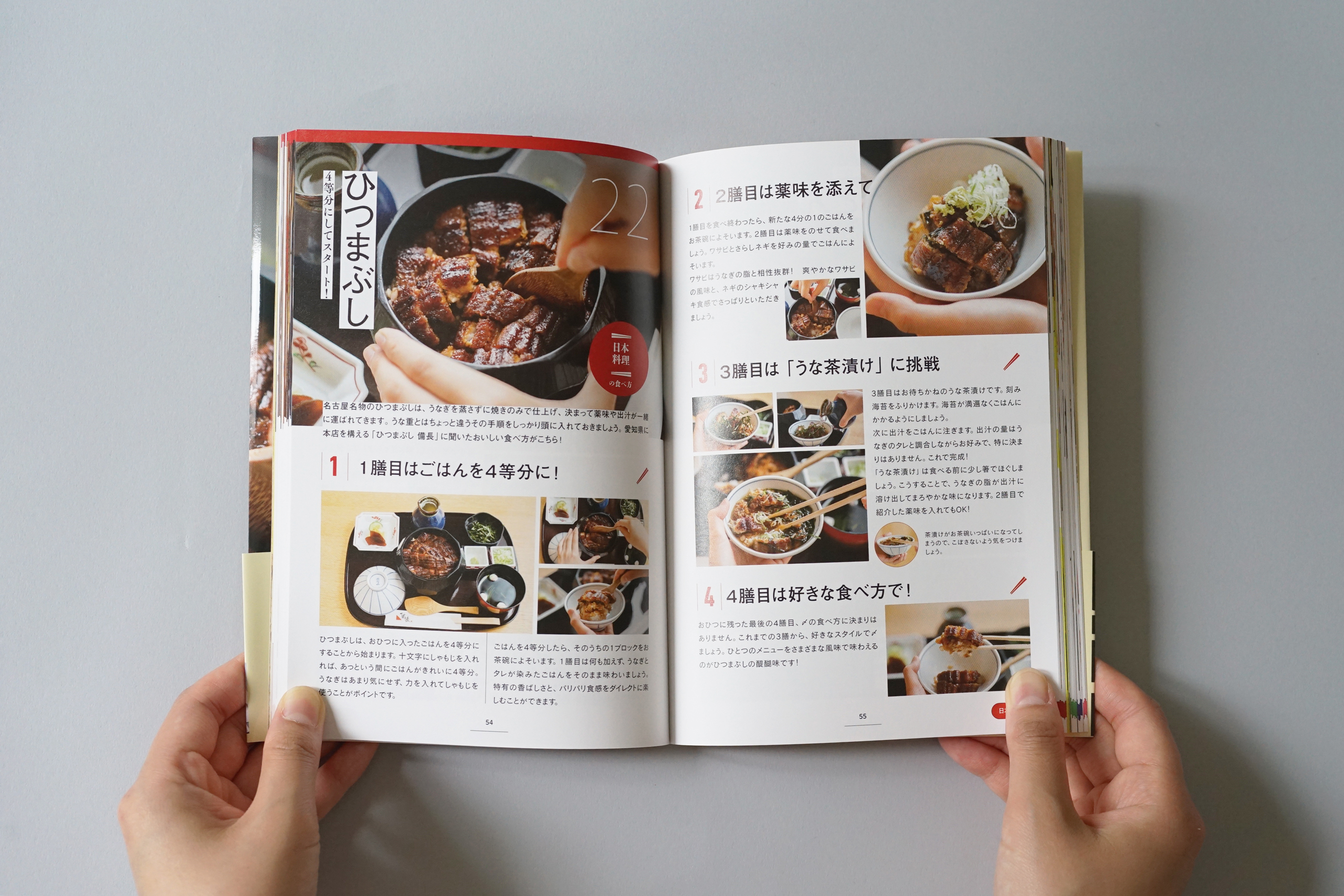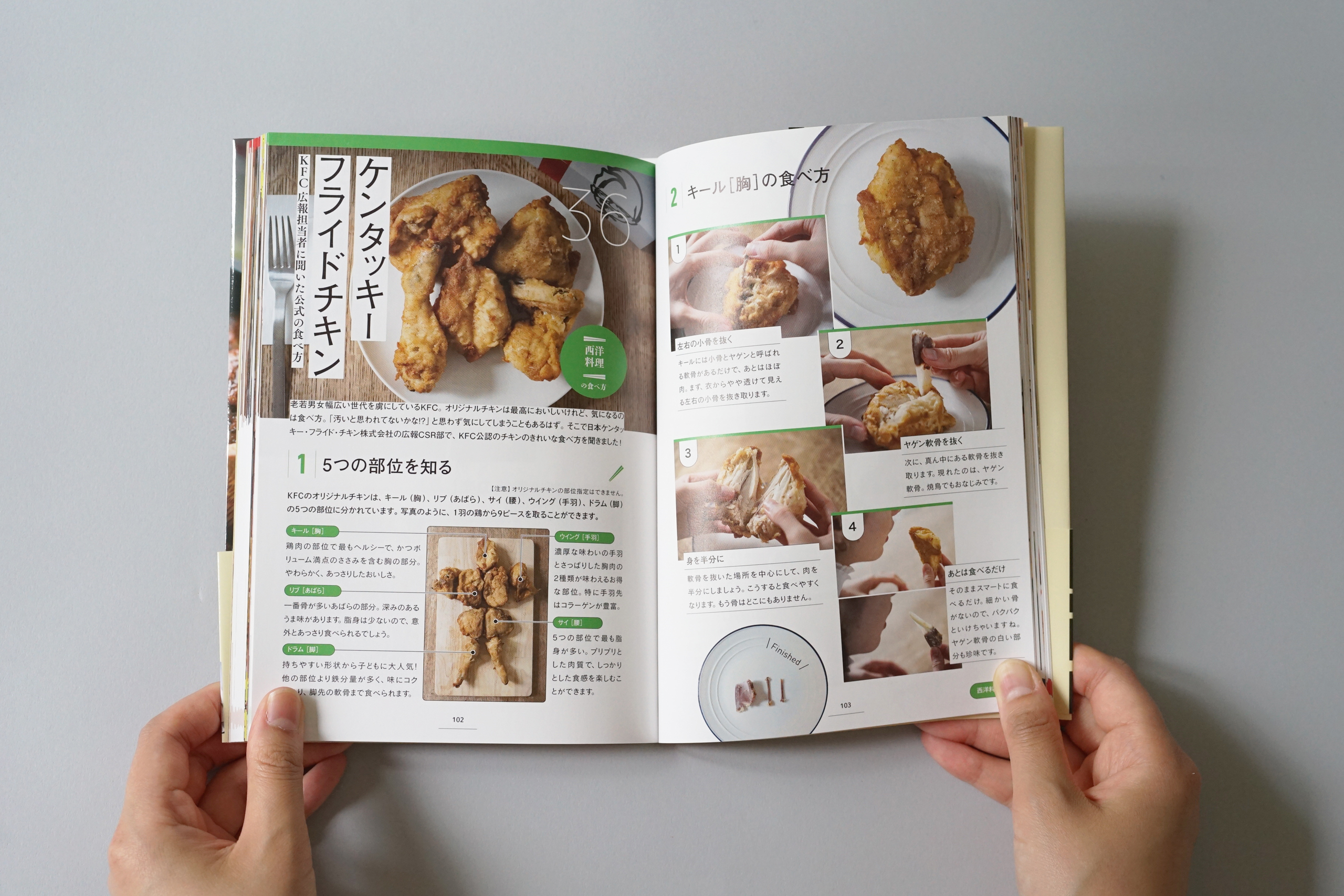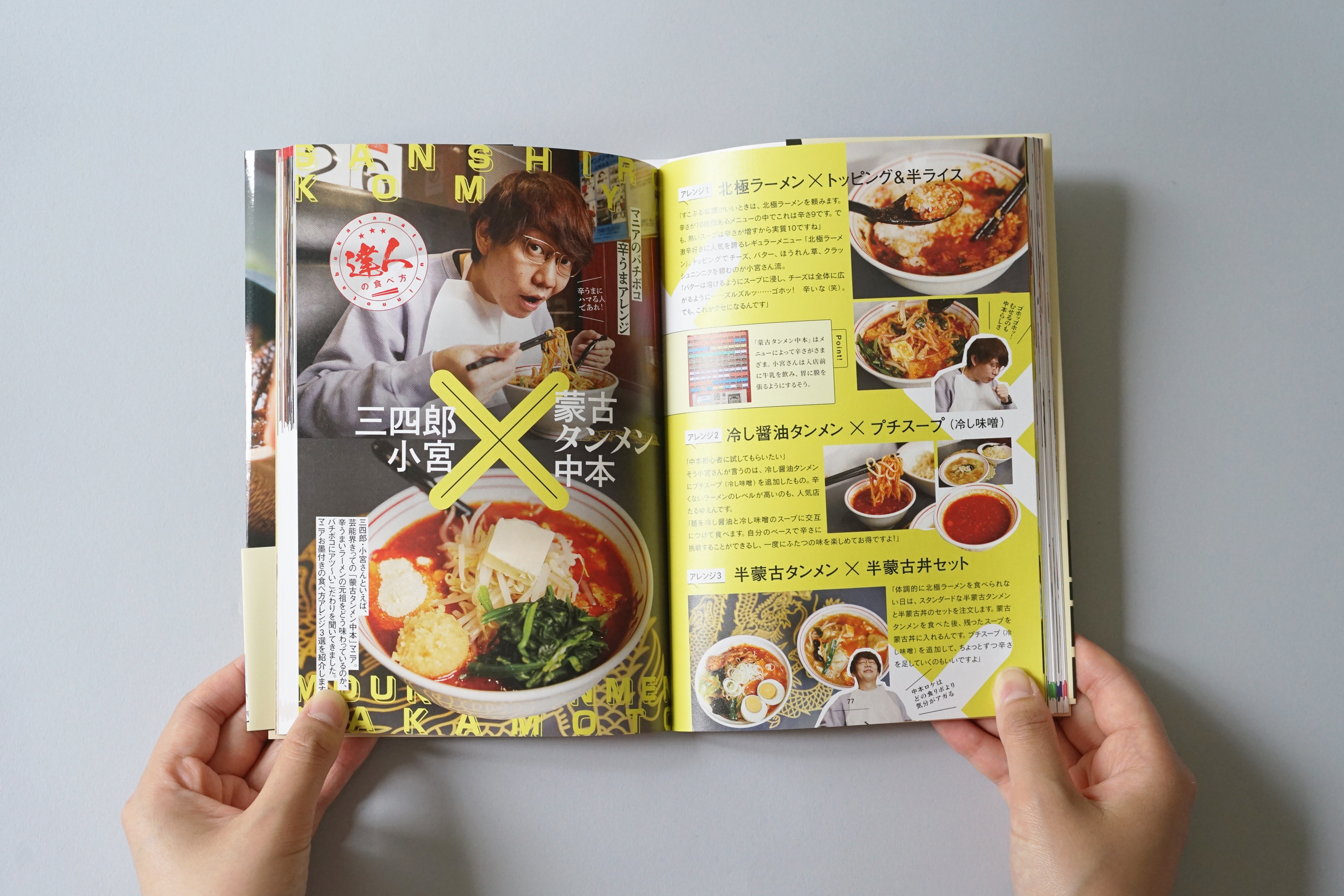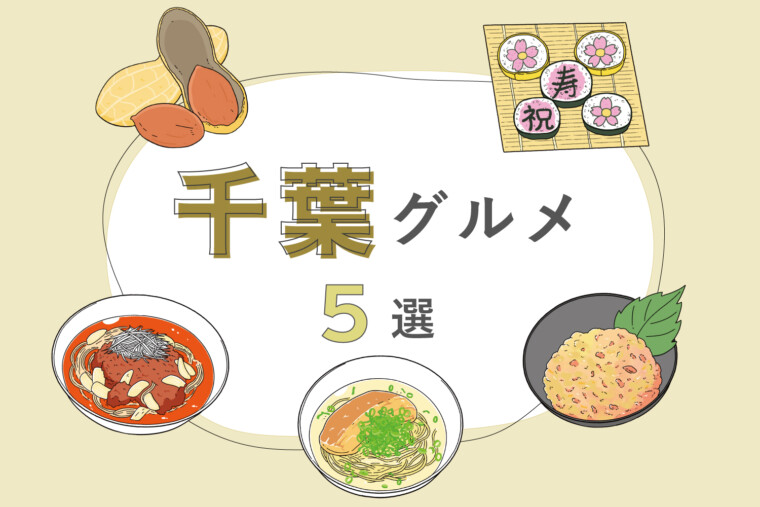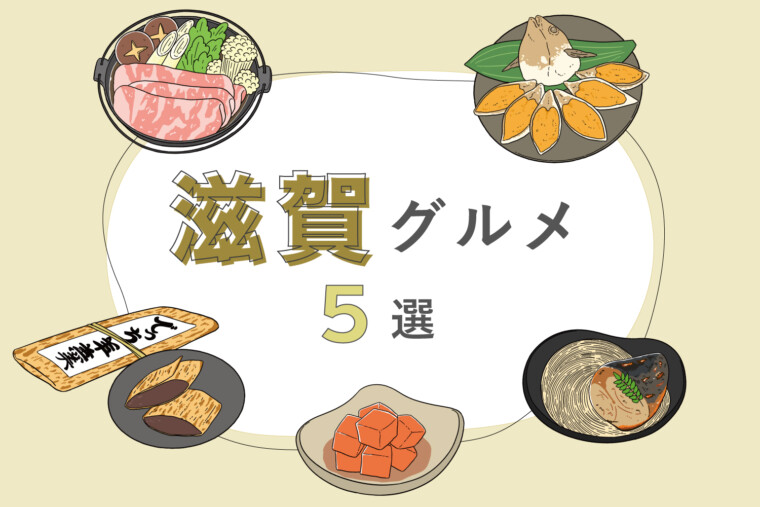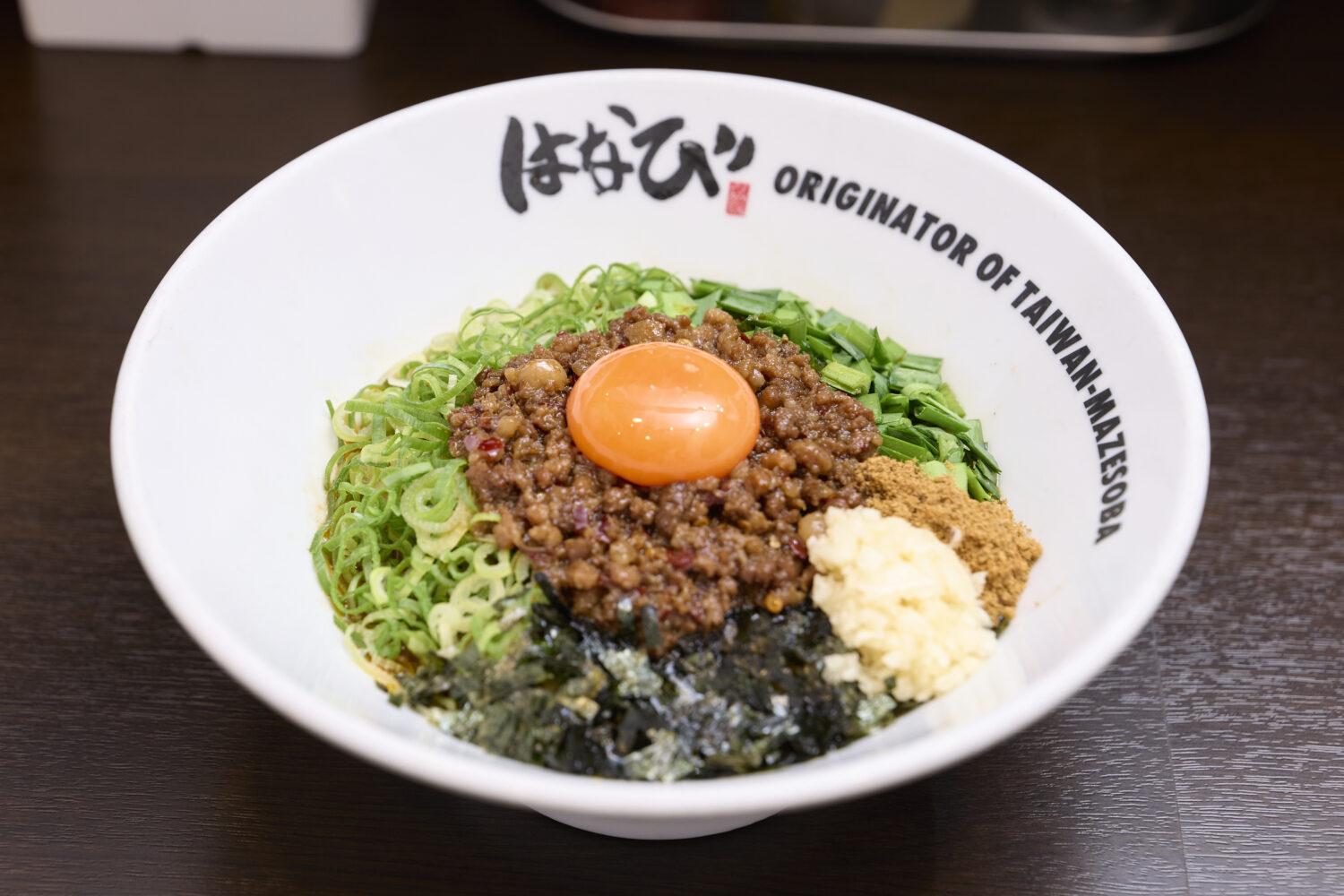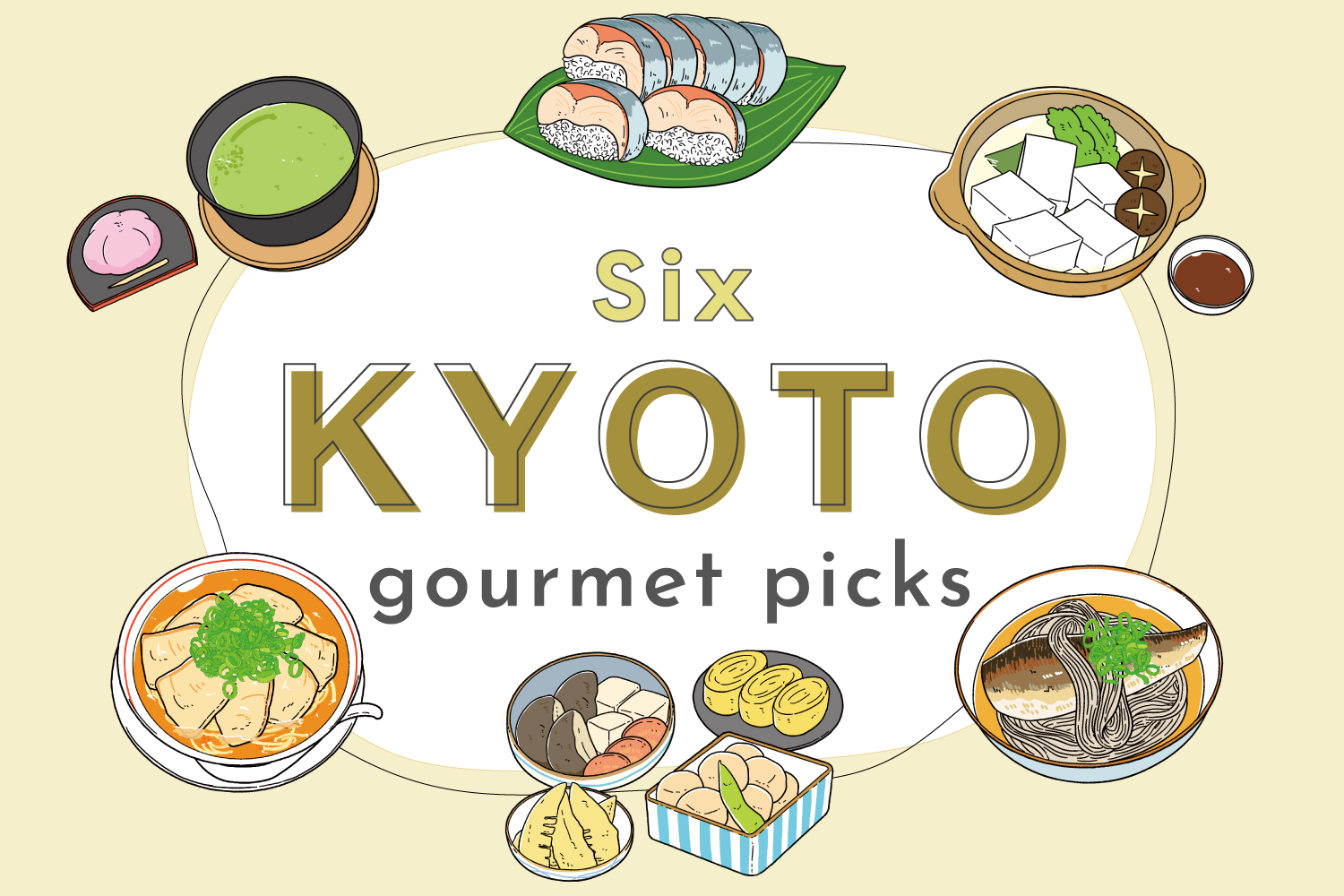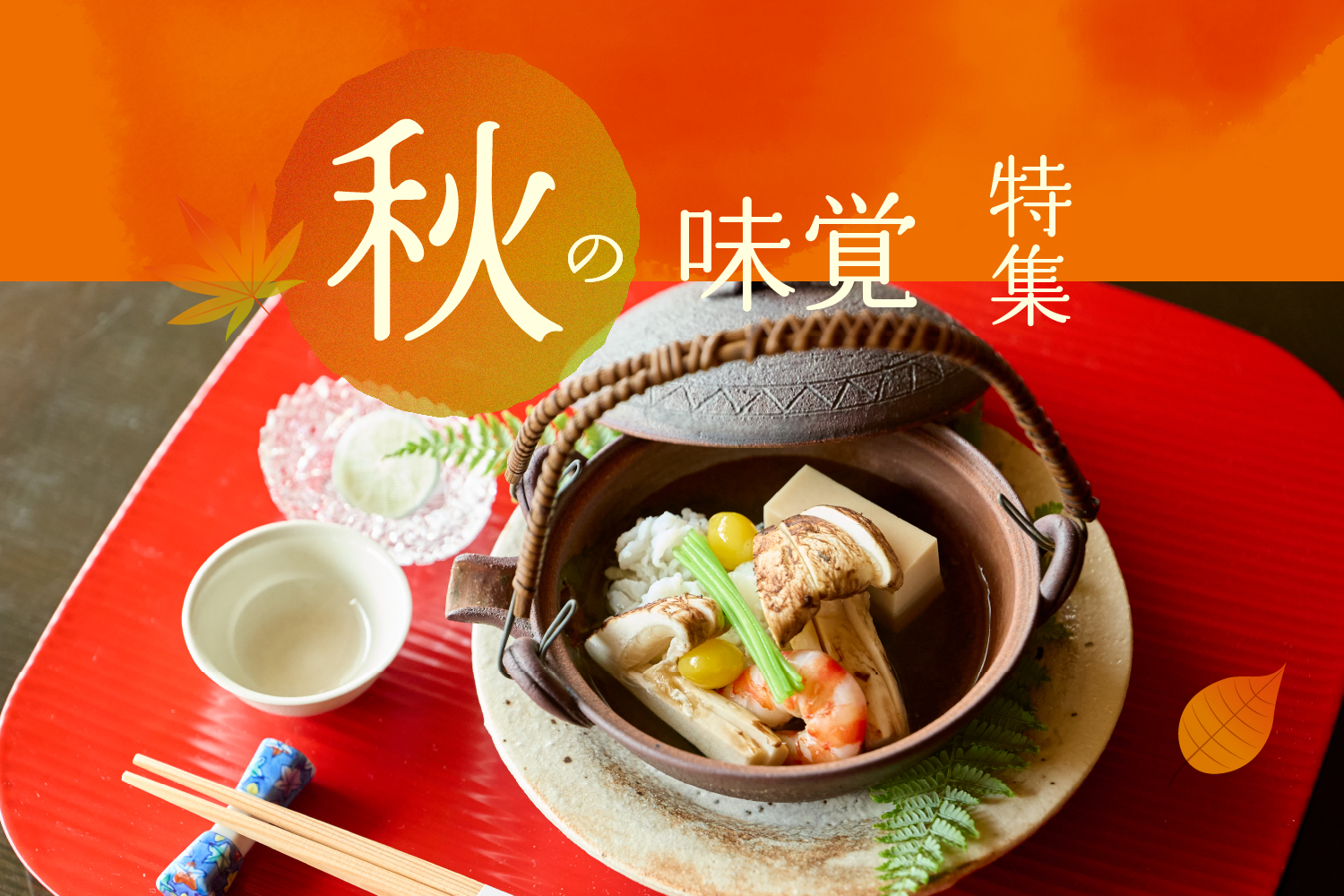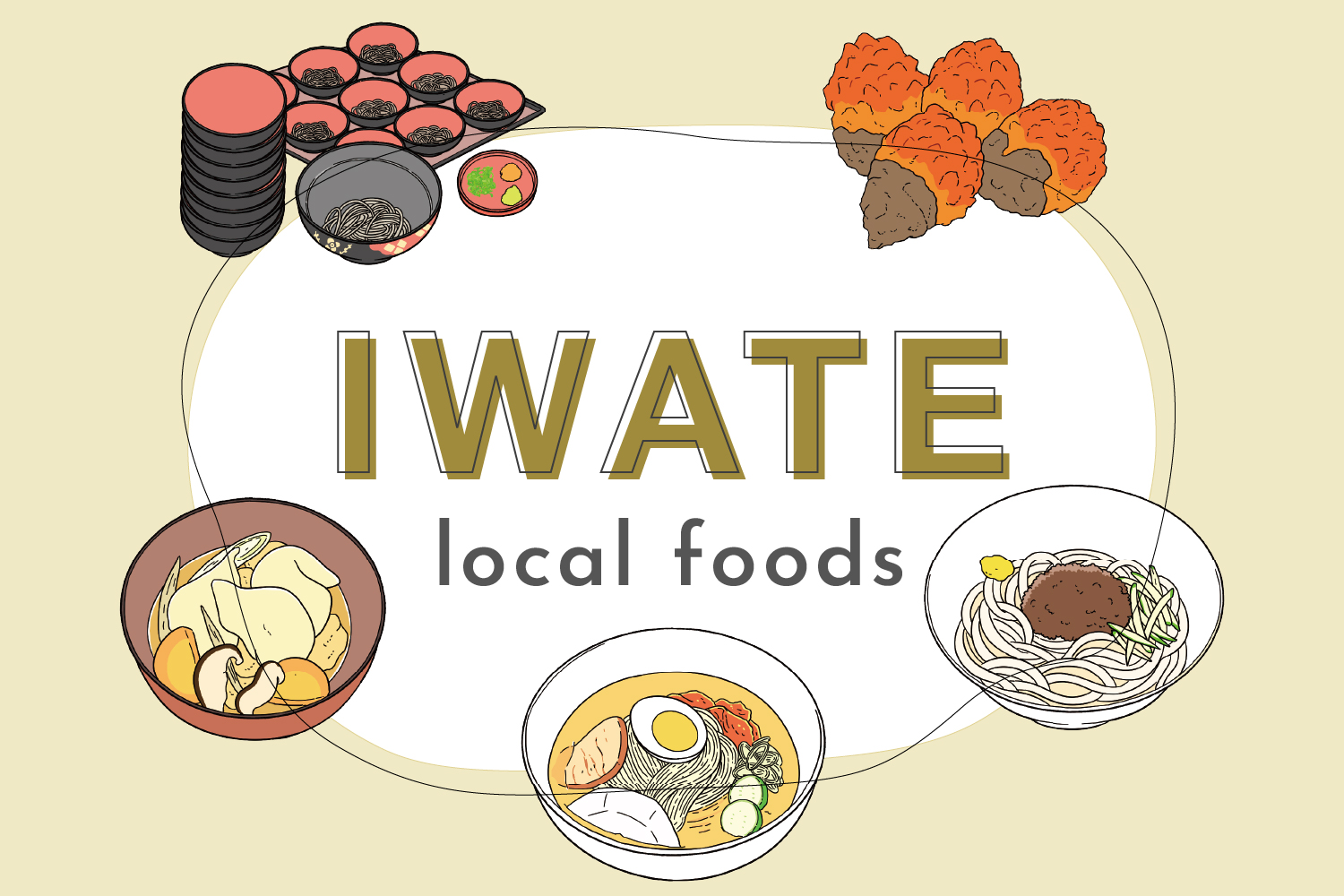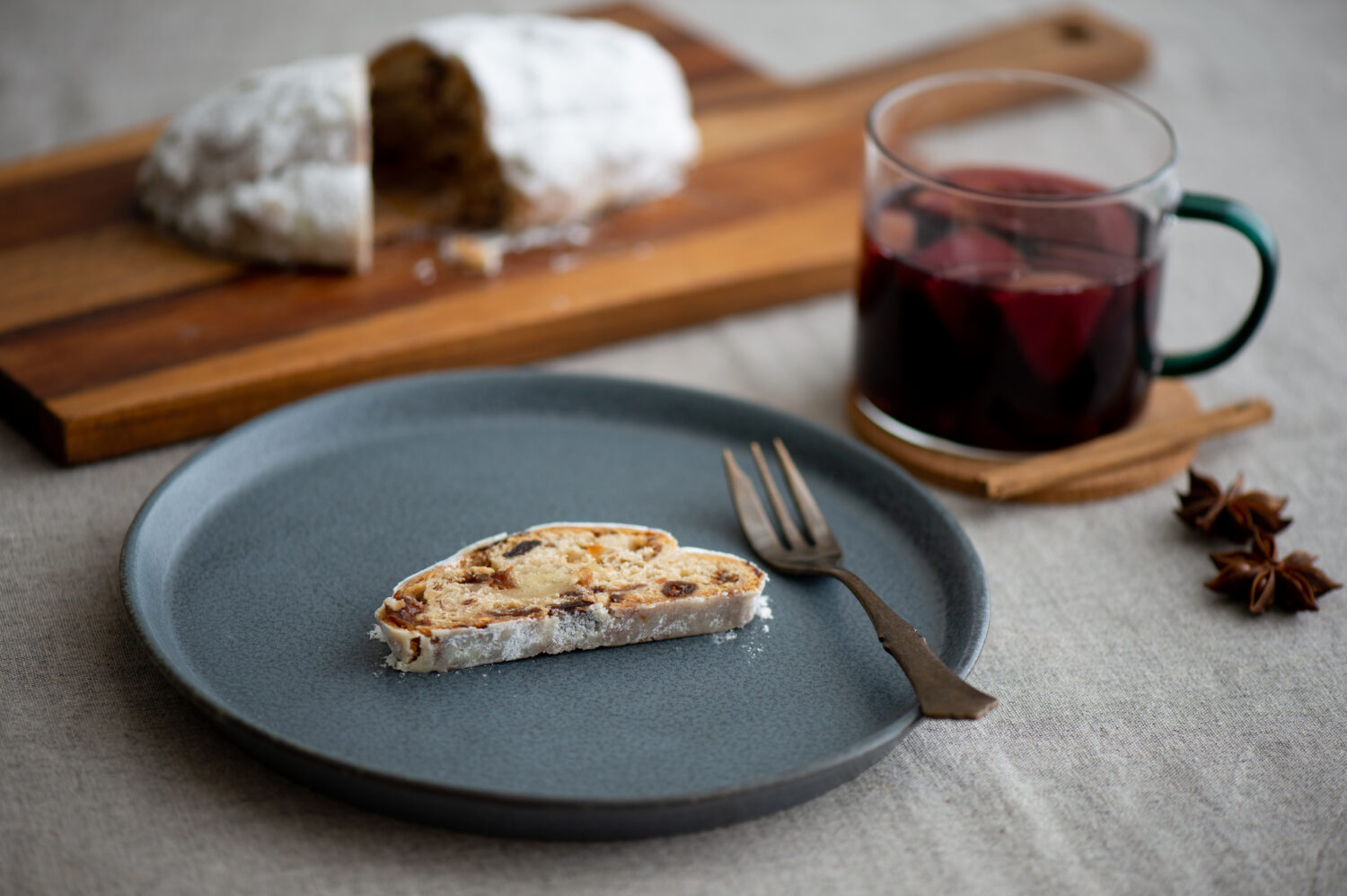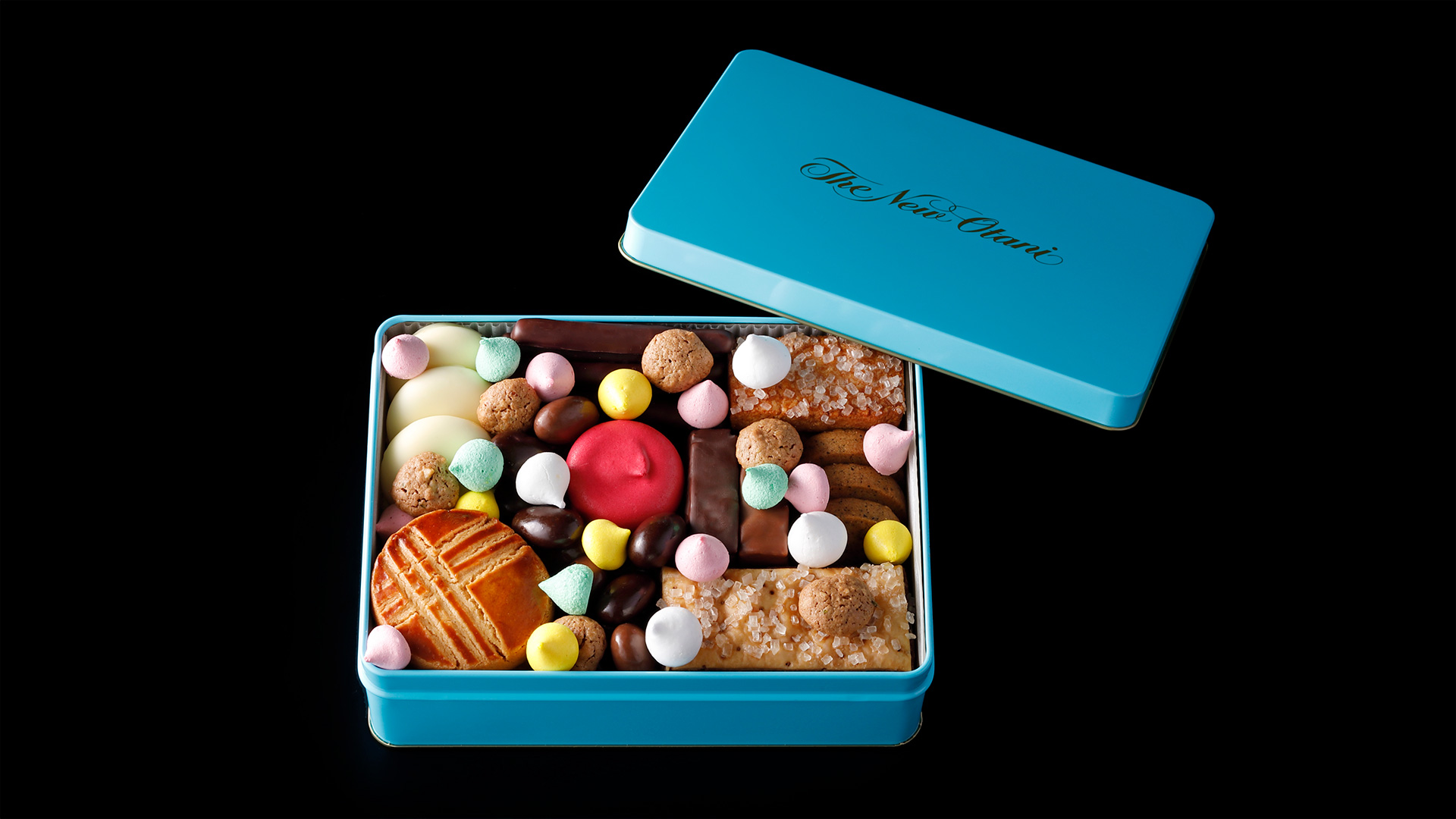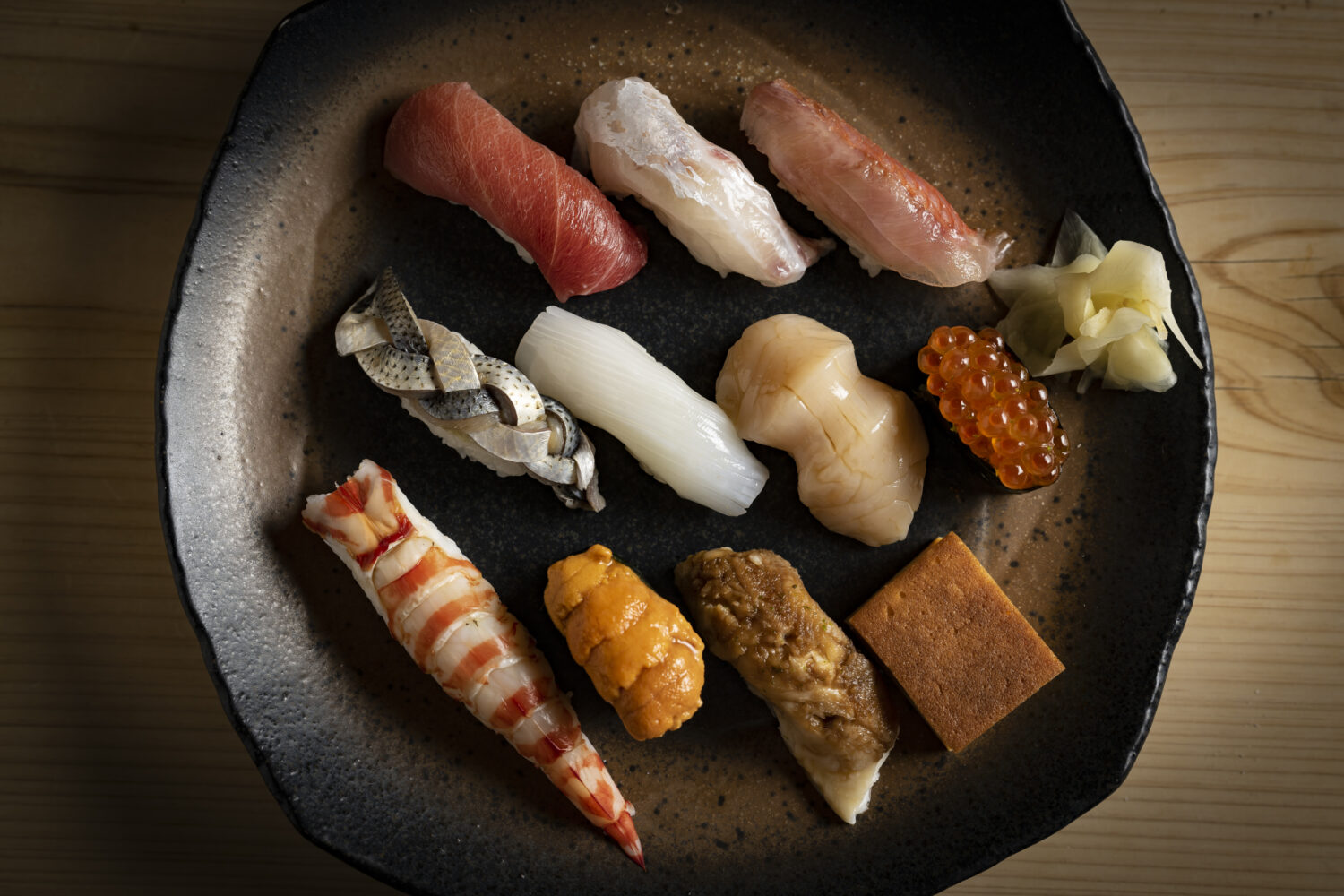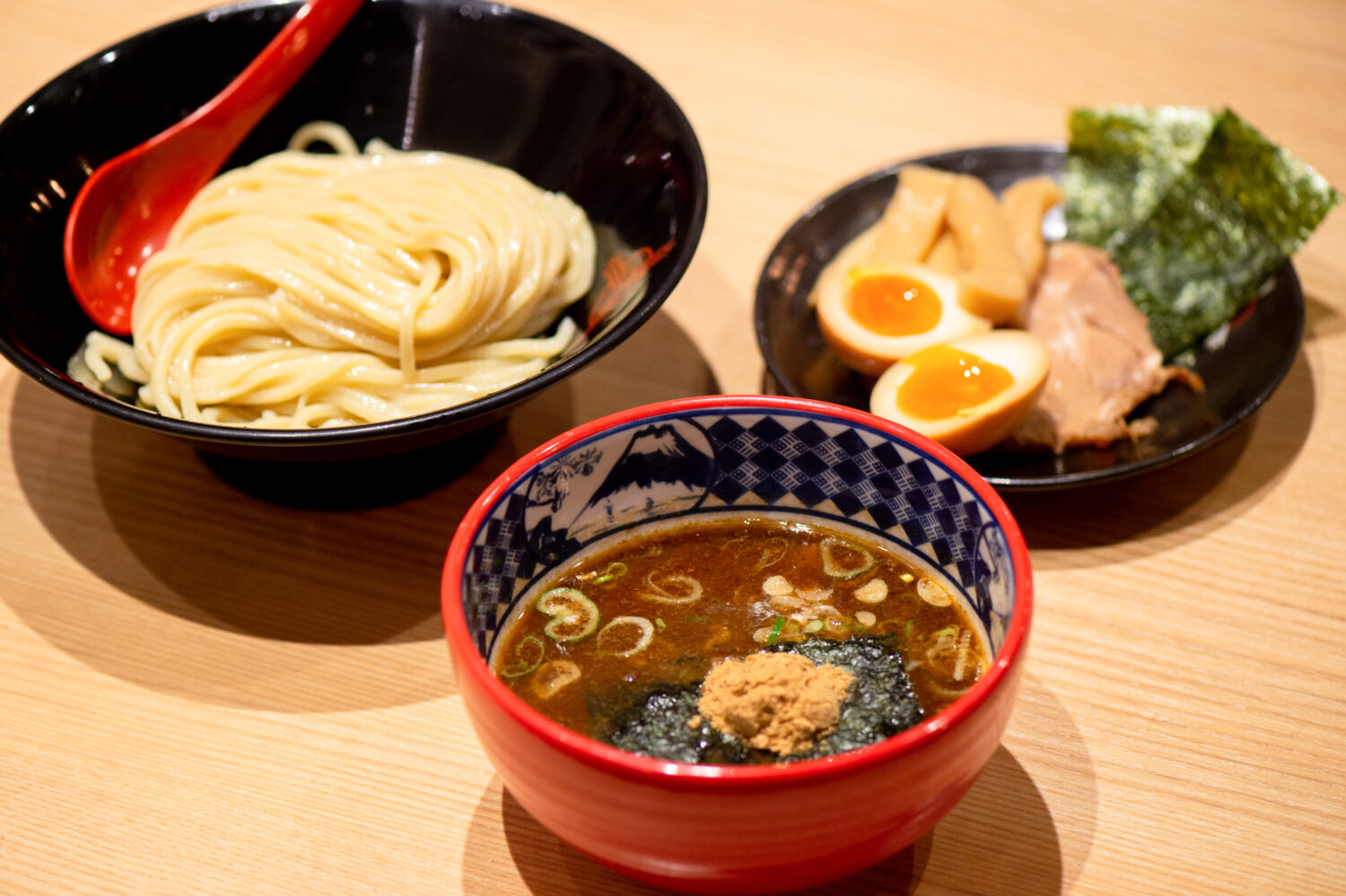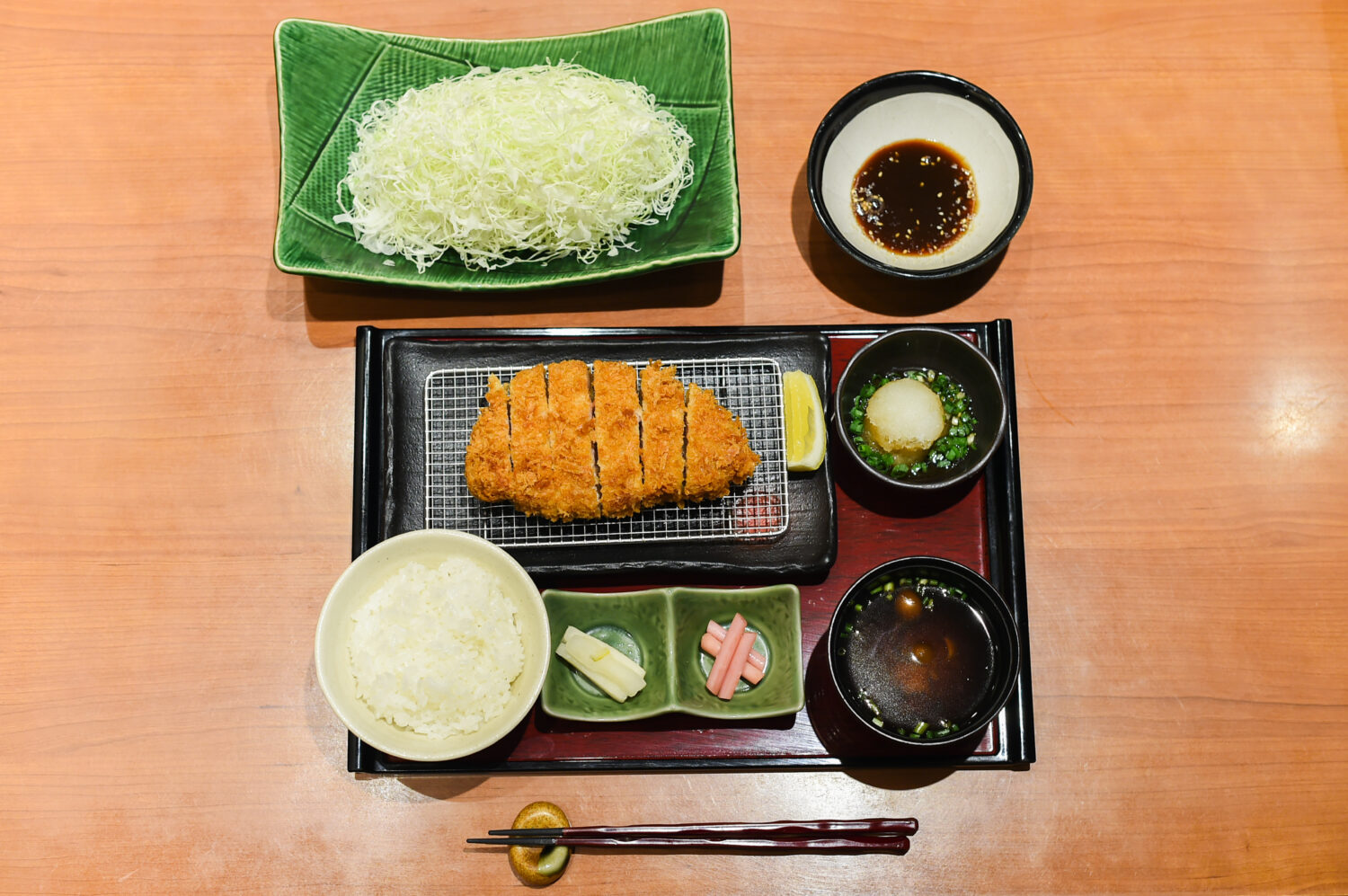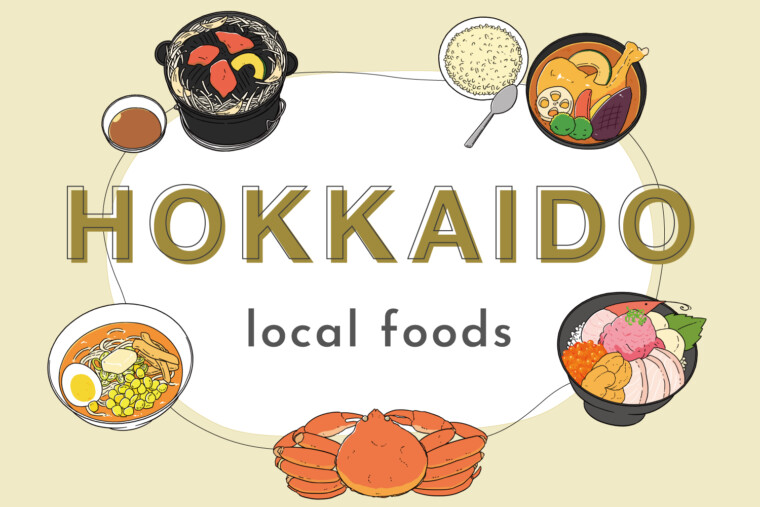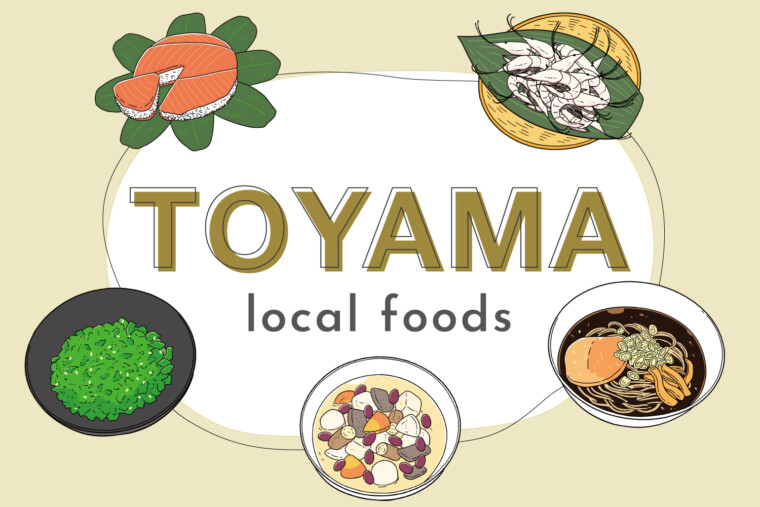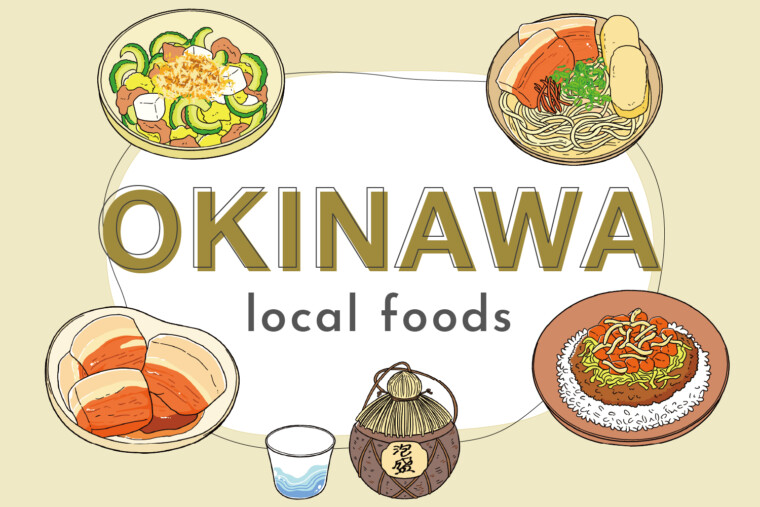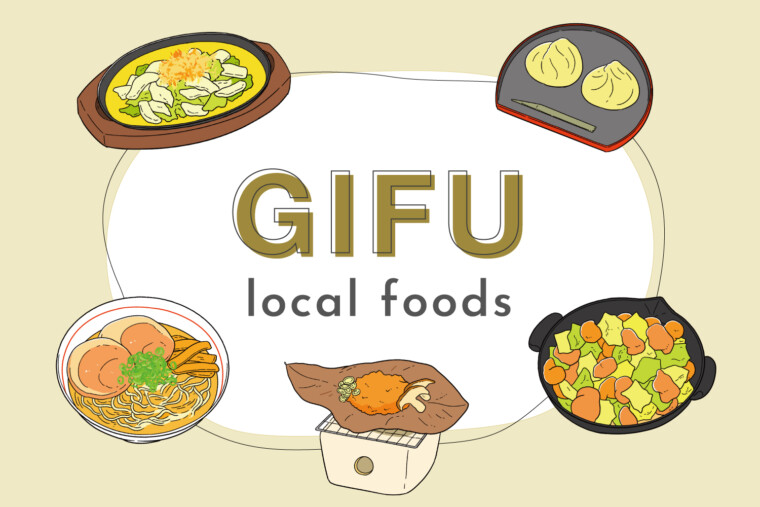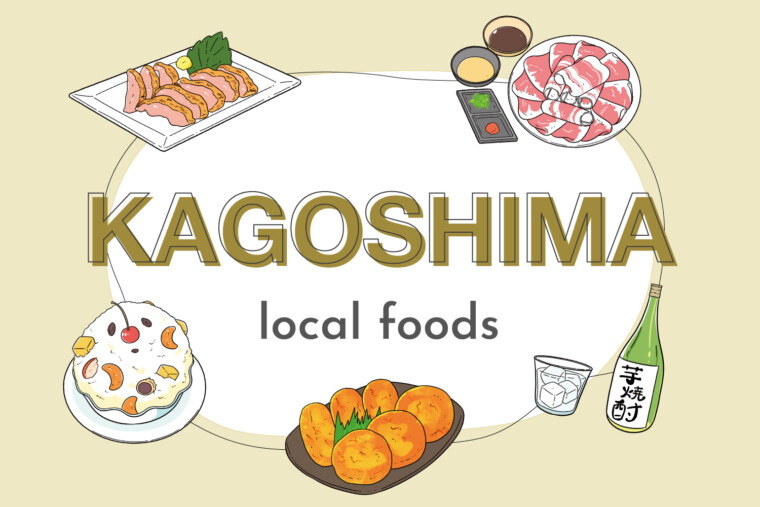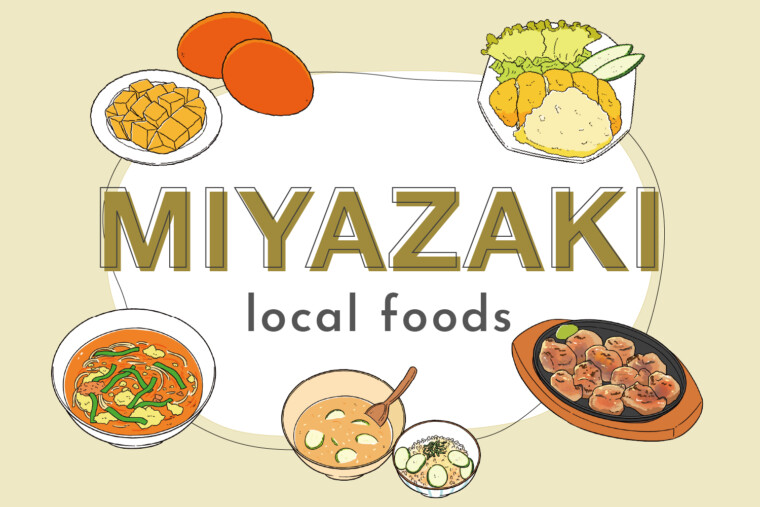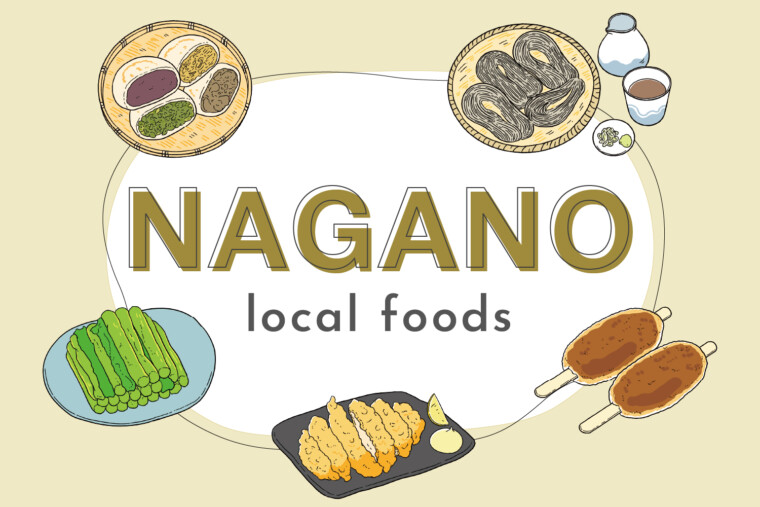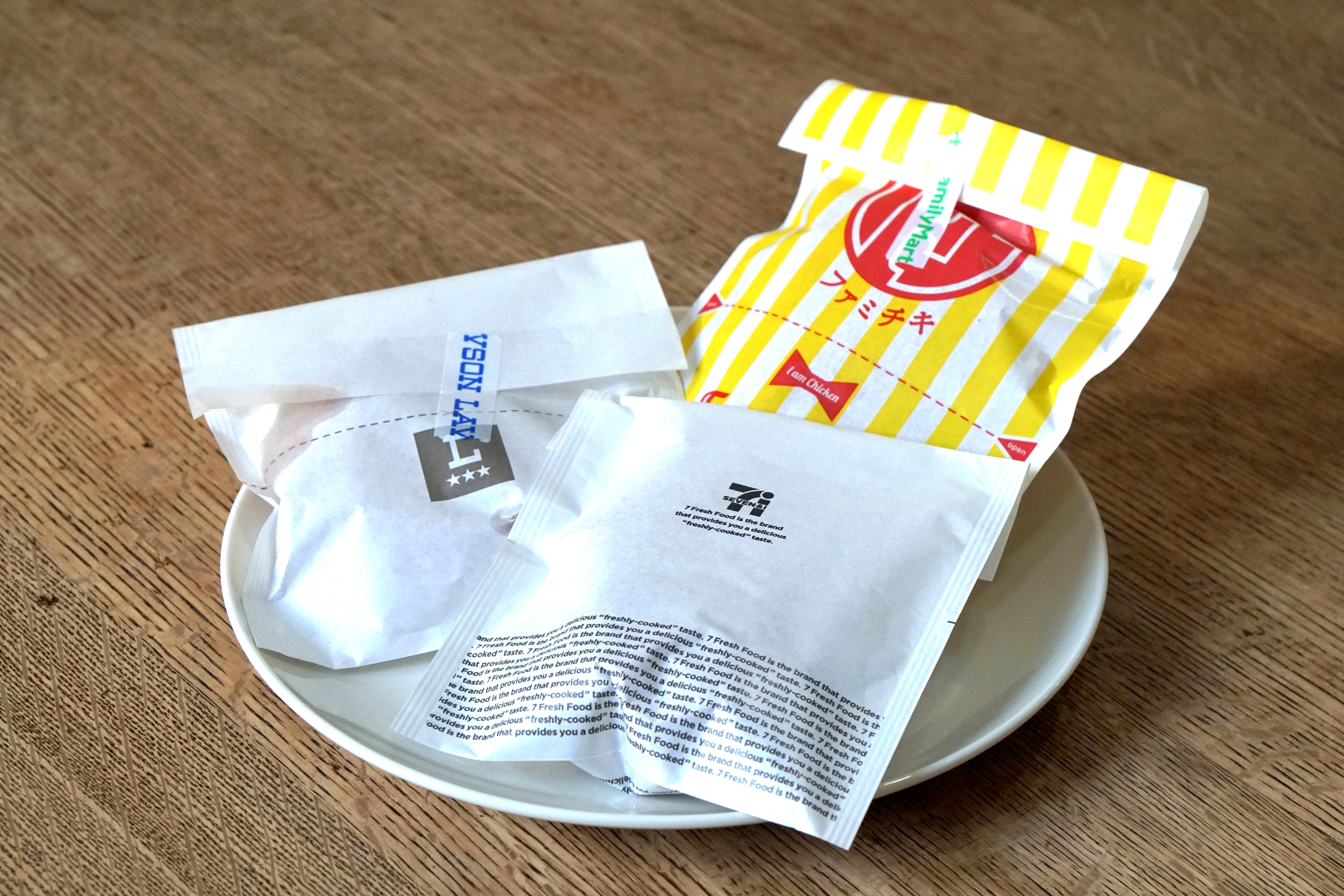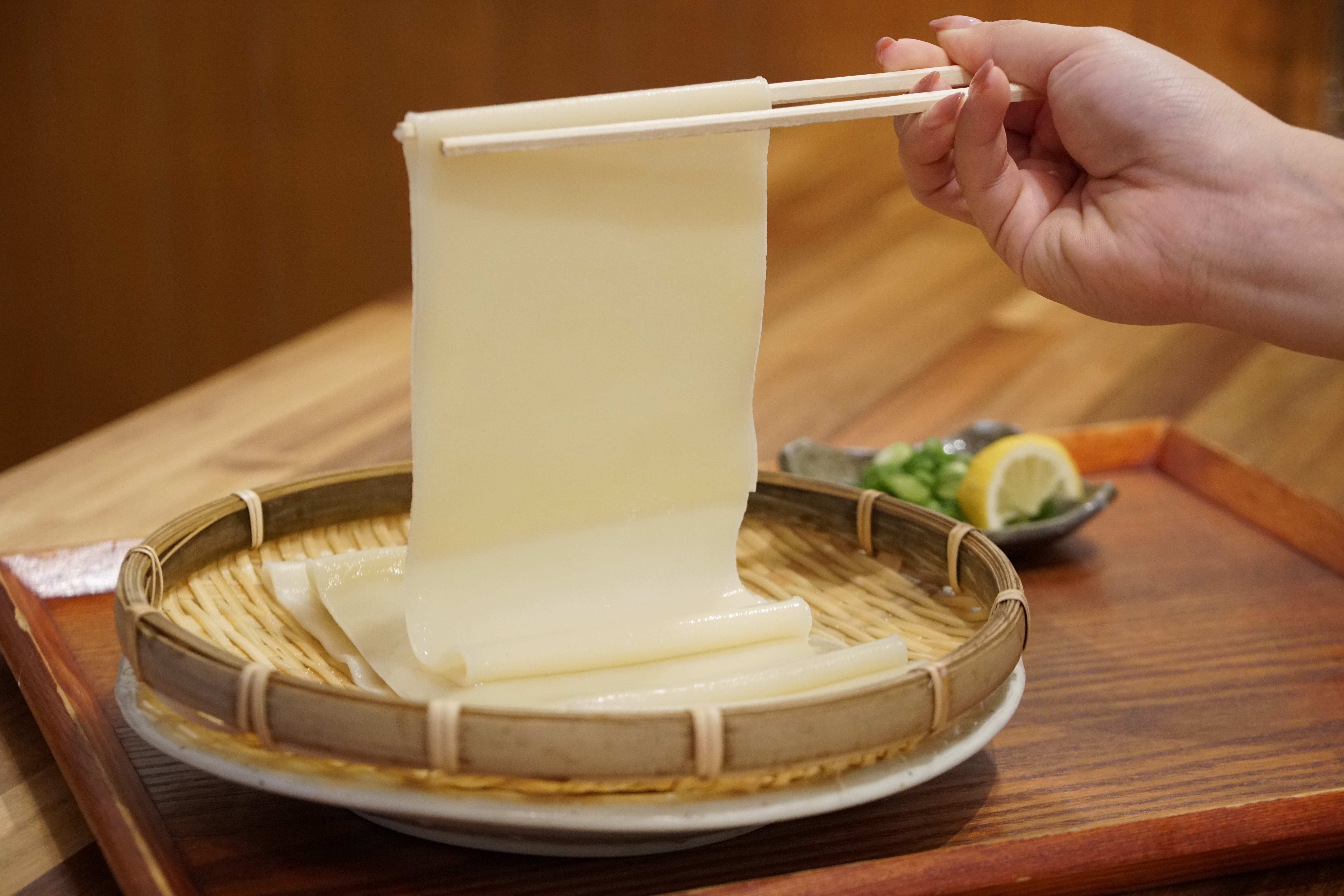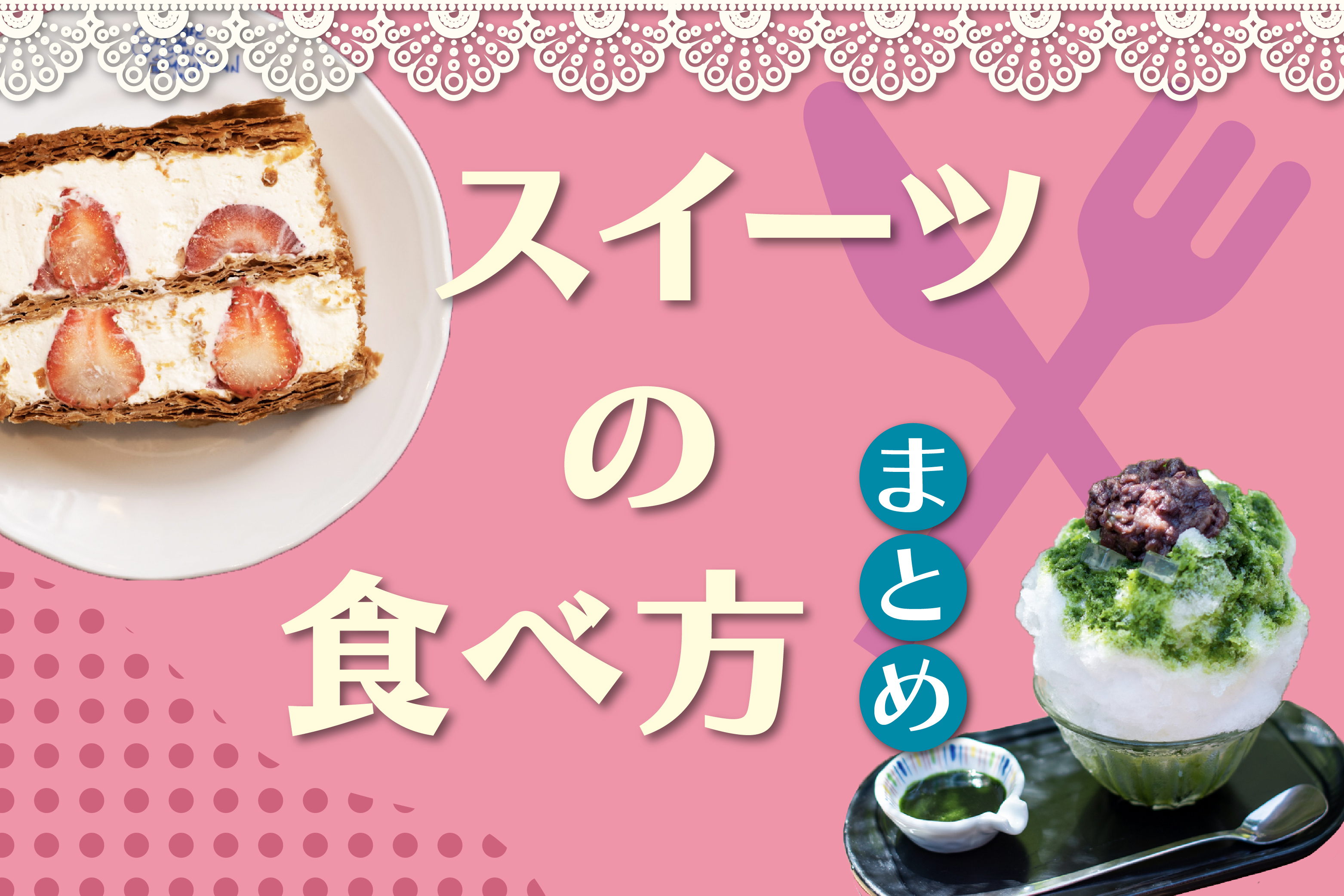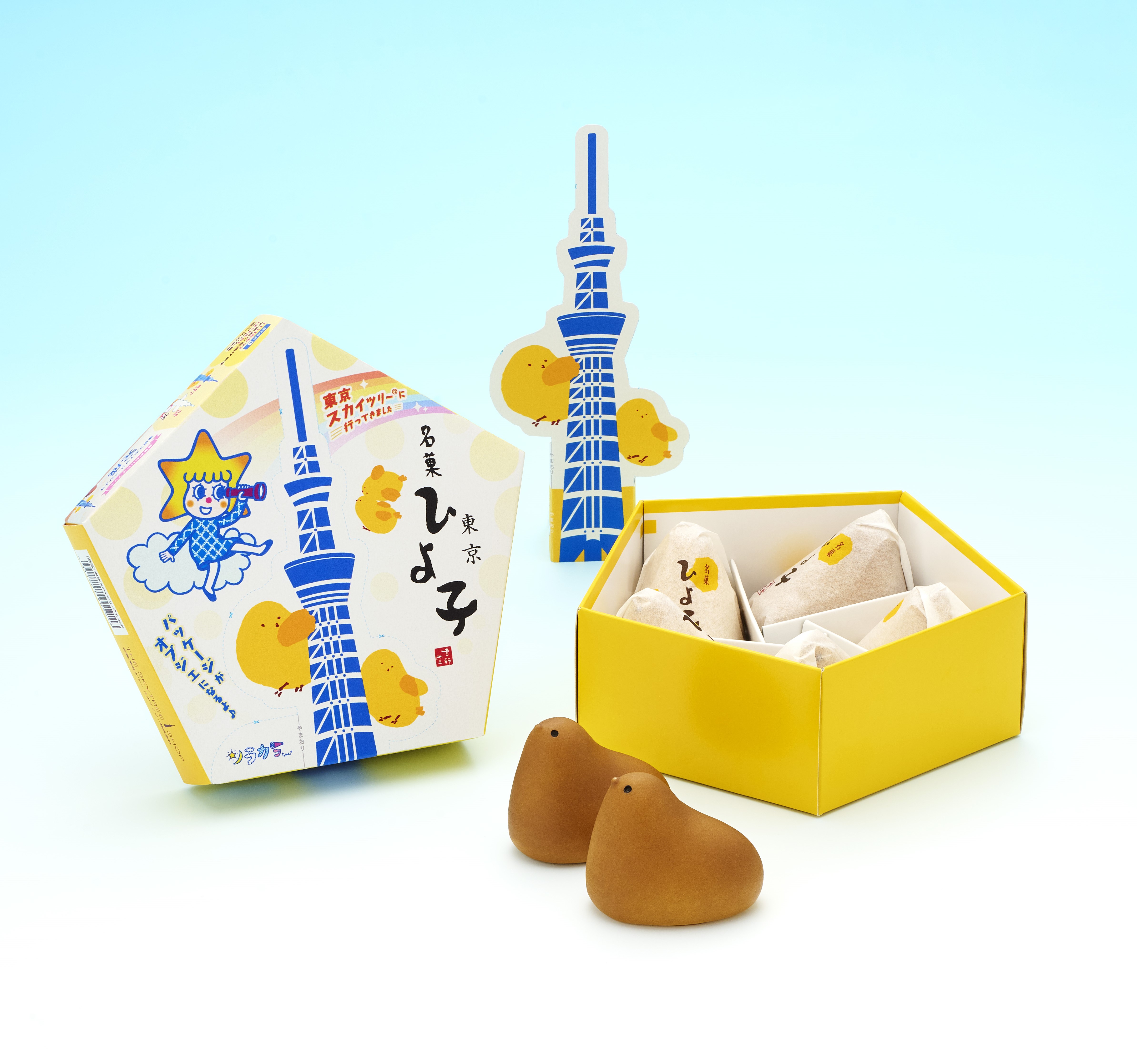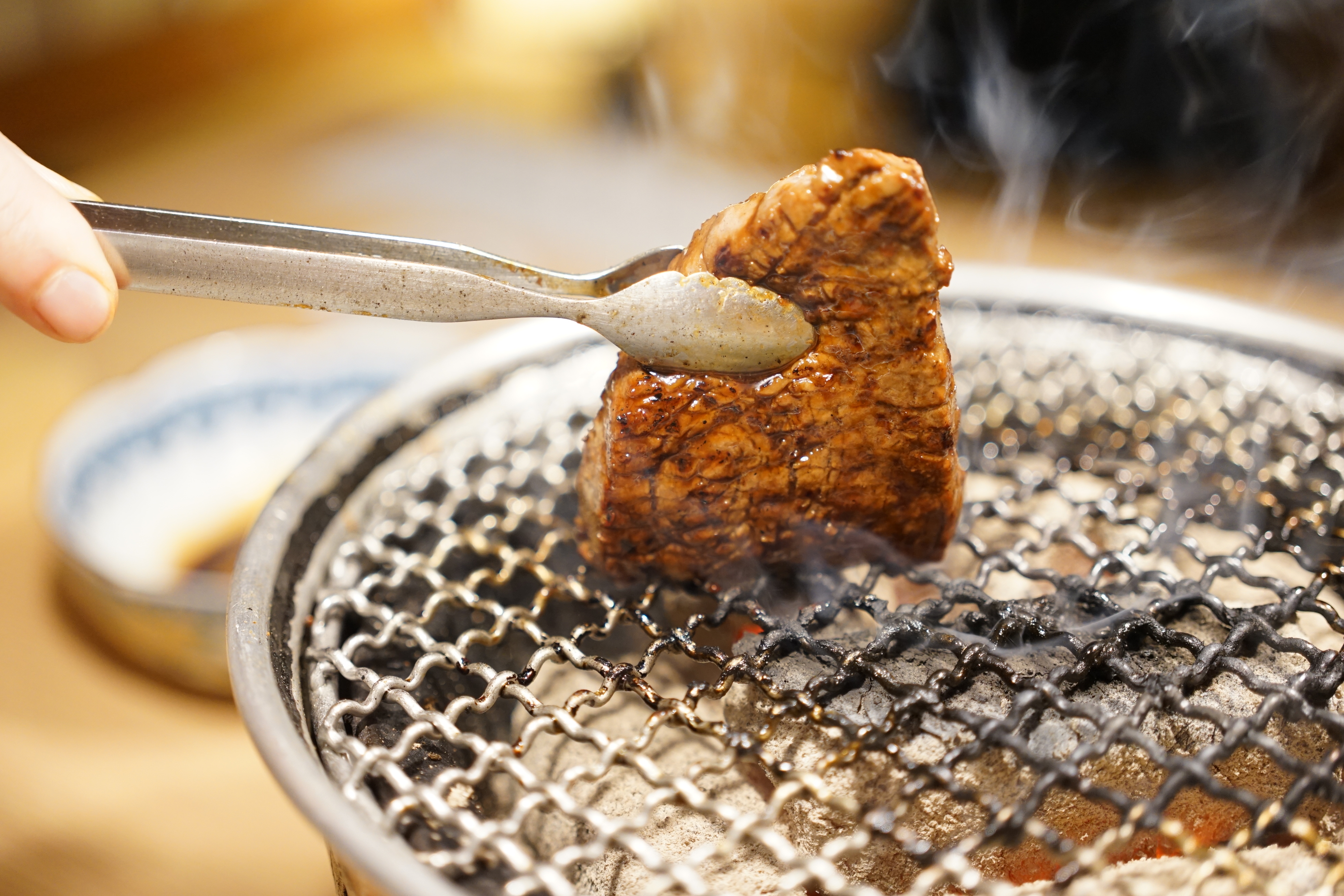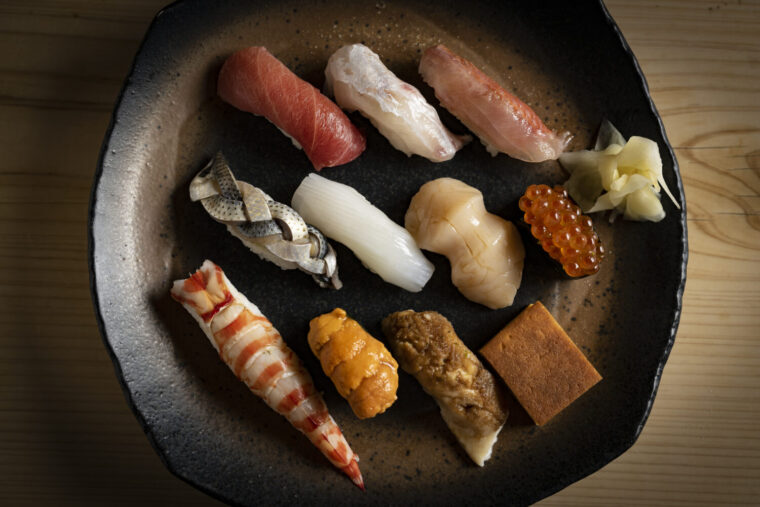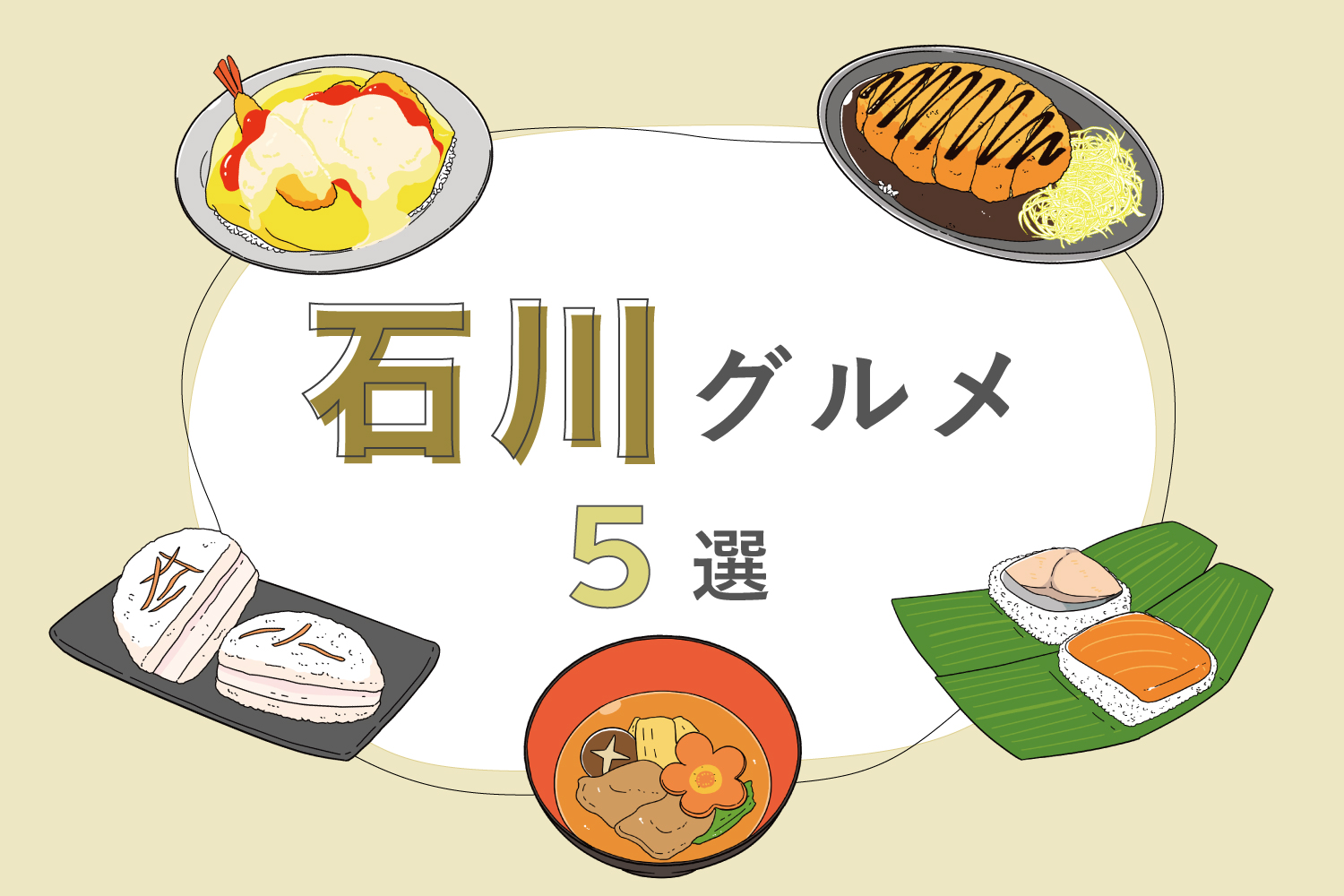
Traditional Ishikawa Foods You Must Try: Sasa Sushi, Jibu-ni, Kanazawa Curry & More
The northern part of Ishikawa Prefecture extends into the Sea of Japan, blessed with many rich fishing grounds. In winter, it is especially famous for catching “Kanou-gani,” the prefecture’s brand of snow crab. In Kanazawa City, not only are traditional dishes made with long-cultivated “Kaga vegetables” enjoyed, but local B-grade gourmet foods such as “Kanazawa Curry” are also very popular.
share:
Table of Contents
Sasa Sushi Wrapped in Bamboo Leaves
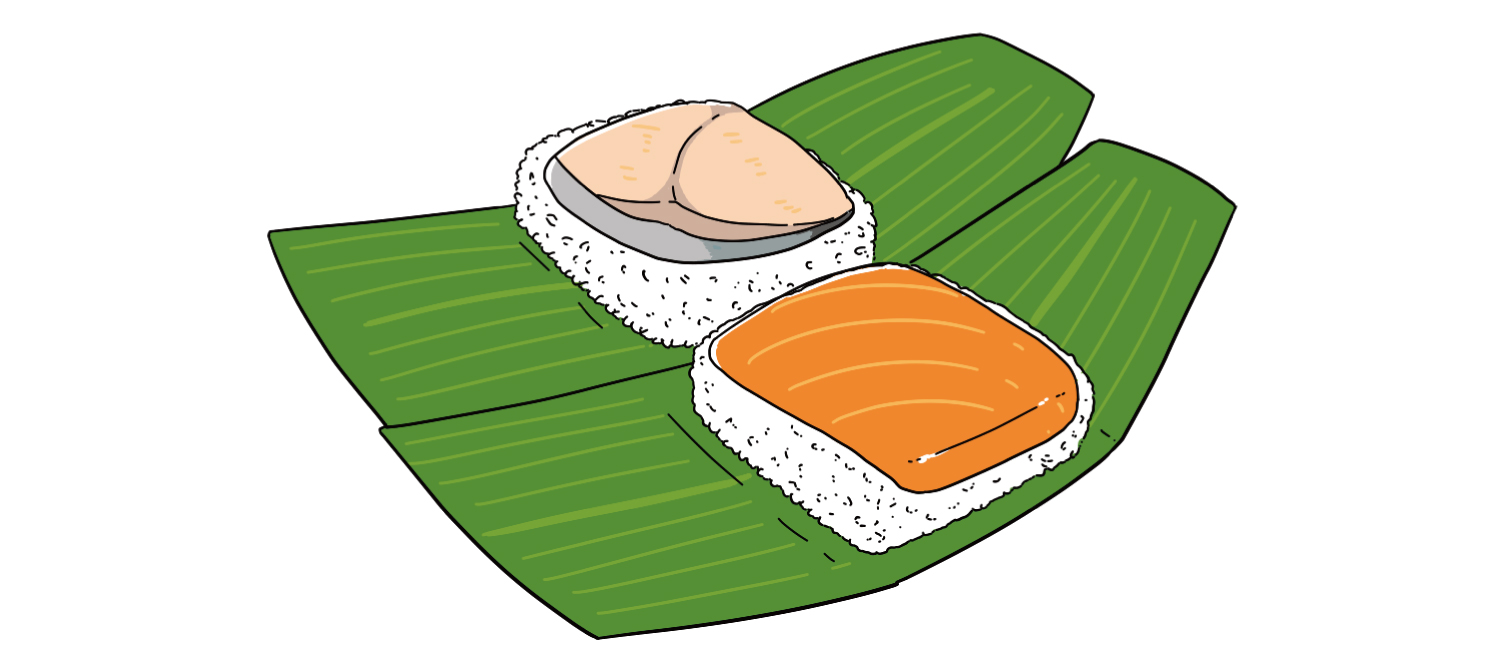
“Sasa Sushi,” eaten on special occasions such as weddings, funerals, and spring and autumn festivals, is a type of pressed sushi made by wrapping vinegared rice and fish in Kuma bamboo leaves and pressing it overnight. When fish was hard to obtain, ingredients such as fried tofu or salted whale were used instead. The bamboo leaves have a preservative effect, making it convenient as a portable food. In the past, before events, families would all go together to the nearby mountains to gather bamboo leaves, make lots of sasa sushi, and share it with their neighbors.
Originally Samurai Cuisine!? Jibu-ni
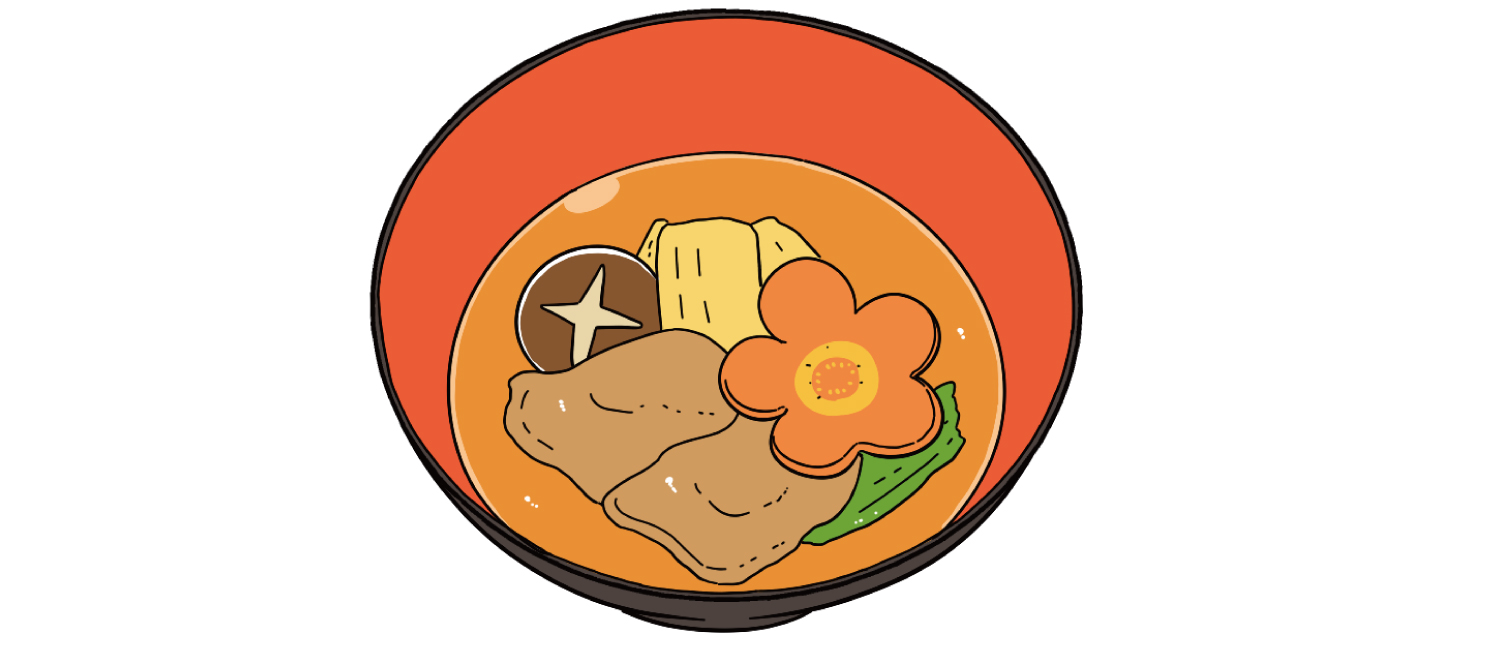
“Jibu-ni” is a samurai dish that has been eaten since the Edo period. Over time, it came to be served as an offering dish, and today it is enjoyed on special occasions. The origin of the name is said to come from a man named Okabe Jibuemon, or from the sound “jibu-jibu” made while simmering—there are several theories.
Bite-sized pieces of duck or chicken, sudare-fu (wheat gluten), and seasonal Kaga vegetables are simmered with soy sauce and sake. The meat is dusted with flour, giving the broth a slight thickness. It is served in a bowl called a “jibu-wan” and eaten with grated wasabi.
Kanazawa Curry Eaten with a Fork
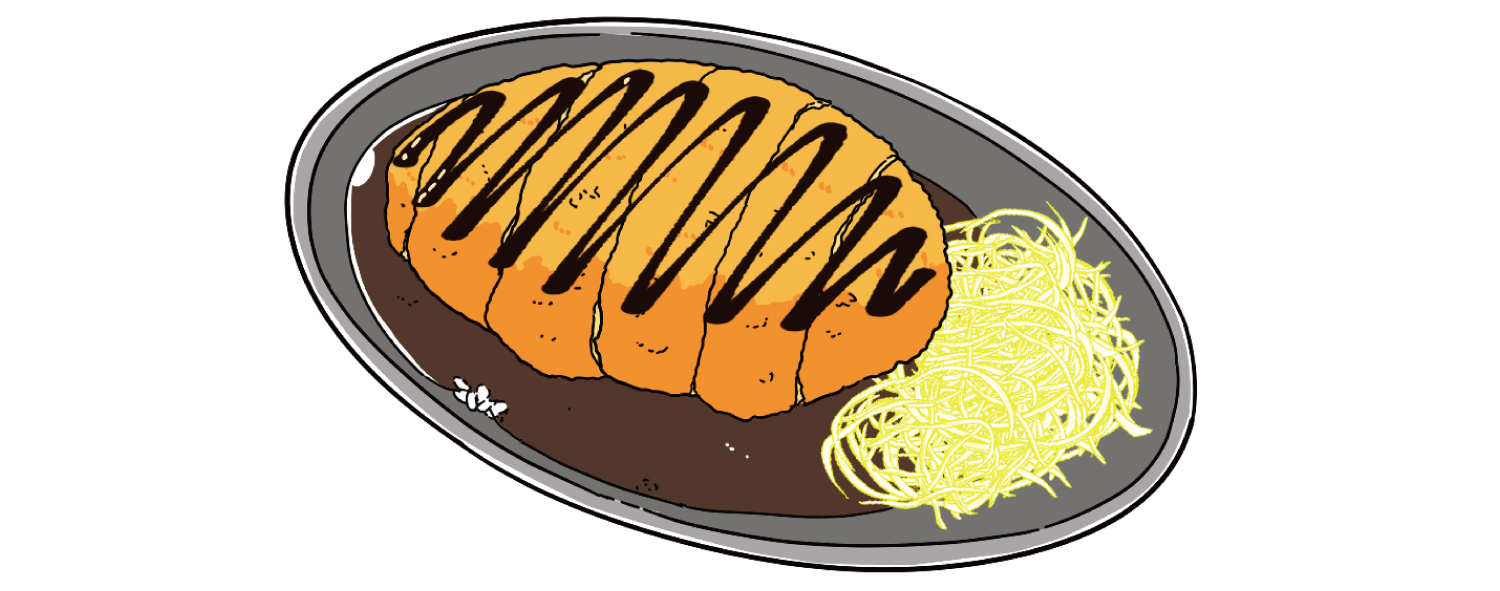
“Kanazawa Curry” is said to have originated at the Western-style restaurant “Tanaka” (now known as “Champion Curry”). It features a thick, rich roux served with cutlet and shredded cabbage, plated on a stainless steel dish. Stainless steel tableware was adopted to speed up service, as it was less likely to break. Because pork cutlets were once tough and had to be pierced with a fork, it is still customary today to eat Kanazawa Curry with a fork or a spork-like spoon.
Kabura-zushi: Yellowtail Sandwiched in Turnips
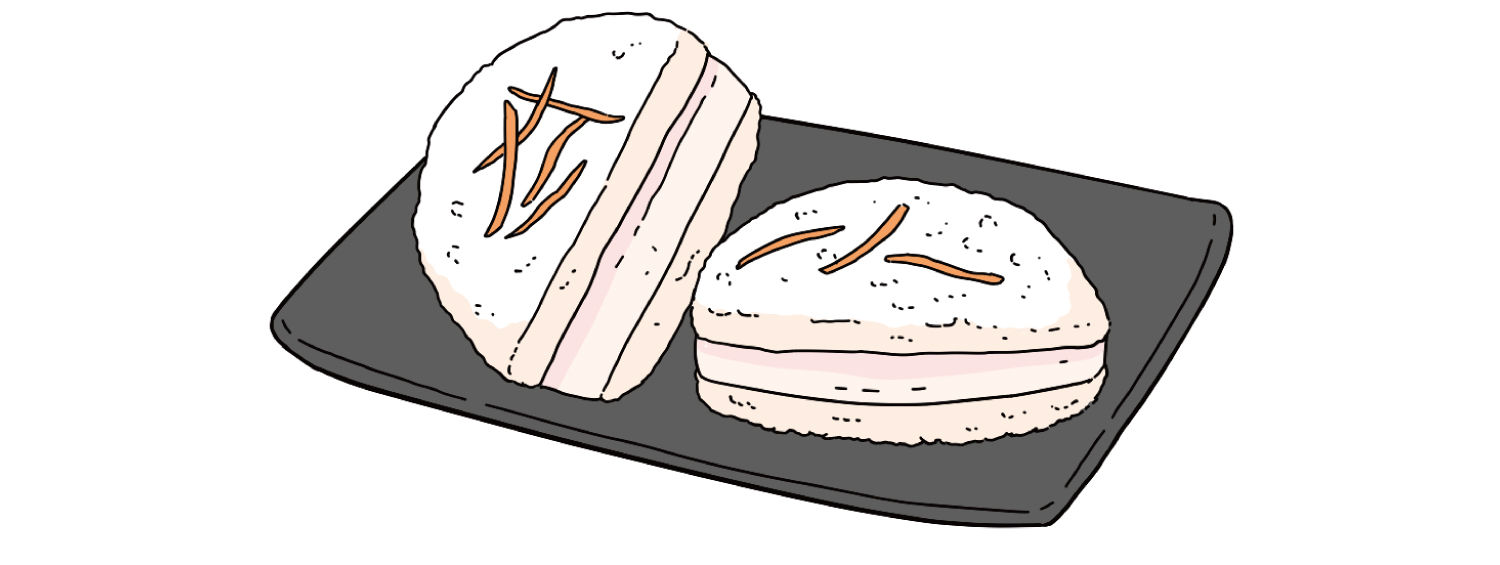
Salt-pickled turnips are sandwiched with salted yellowtail, then fermented in malted rice. Its origin is unclear, but it is said to have been eaten as a New Year’s dish praying for good fishing in Kanazawa’s fishing villages. Since yellowtail was treated as a luxury fish, townspeople began concealing it between slices of turnip, which became the beginning of kabura-zushi. In the past, it was homemade, but today many people prefer to buy it ready-made.
Hanton Rice: Inspired by Hungarian Cuisine

“Hanton Rice” is an omelet rice topped with fried white fish or other seafood, finished with tartar sauce. With its hearty portions and rich flavor, it has long been a popular Western-style comfort food in Kanazawa and across Ishikawa Prefecture. The name comes from “Han,” meaning Hungary, and “Ton,” derived from the French word for tuna. It was first created by a chef who took inspiration from Hungarian home cooking. Depending on the restaurant, the rice inside may be plain white rice, and toppings such as fried shrimp may also be used, resulting in many different variations of hanton rice.
*The information is based on the time of reporting or creation, and may differ from the current situation.
tags:
share:










